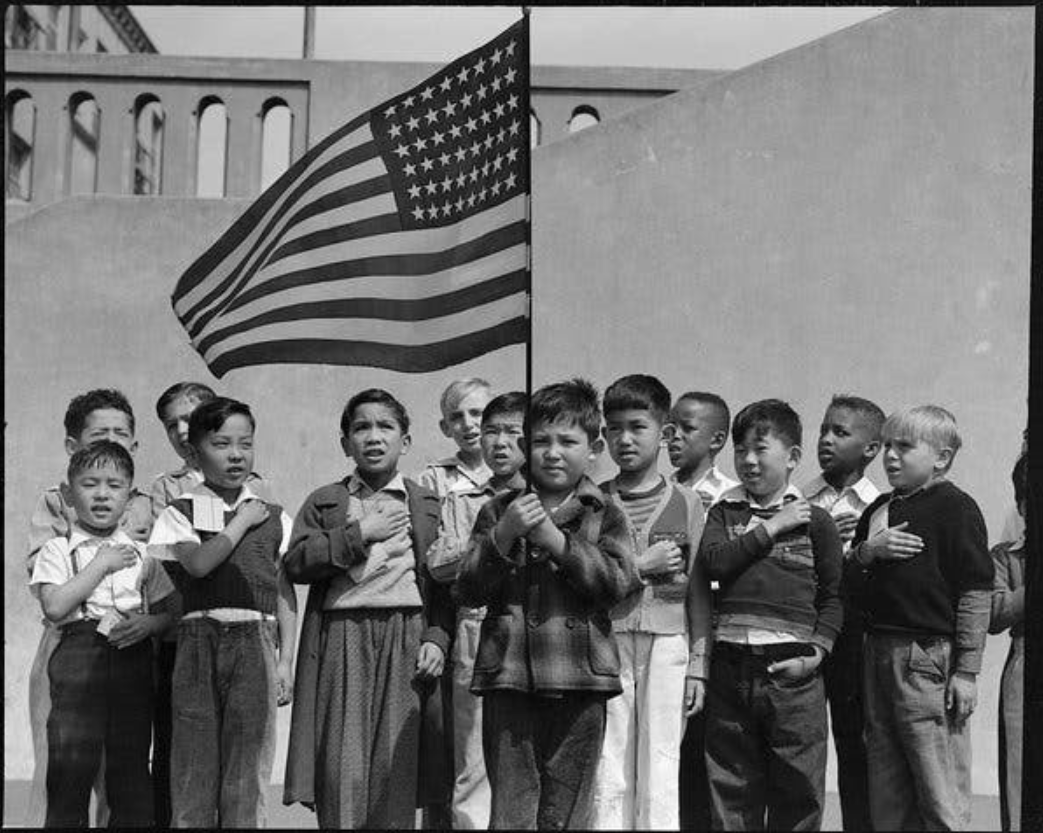Written by: James Carnell
Approximately 120,000 people of Japanese descent - including American citizens - resided on the U.S. mainland when the infamous attack on Pearl Harbor by the Japanese took place. What followed was the peak of the U.S.’s anti-Asian regime, with mounting fears of the presence of Japanese spies in the American Community. The Roosevelt Administration rubber-stamped an executive order that led to the incarceration of more than 100,000 of Japanese ancestry living in the U.S.
The Pearl Harbor attack was the causation of America’s engagement in World War 2, and every incarcerated individual eventually wound up in army-like barracks with barbed-wire fences and guard towers. After the war ended, all of the detainees were released as the camps were shut down, but the regime had serious consequences affecting the post-incarceration lives of many. Many camp residents had lost their personal assets during their incarnation and were forced to rebuild their lives practically from this scratch.
However, Nikkei for Civil Rights & Redress (NCRR) was established some time later by Nikkei - Japanese Americans - in America. It was founded on the belief that the Nikkei community had to unite to strive for proper redress for the U.S. government’s action against Nikkei during World War 2. The members of NCRR came together with five founding principles, with one being to call for a monetary compensation of $25,000 for each and every individual who suffered from deprivation of liberty during World War 2.
NCRR encouraged many of the affected Nikkei to voice out, holding meetings and forums to educate and urge the community to take part in the redress movement. Eventually, NCRR with the help of other assisting organisations and Nikkei congress members managed to push through the Civil Liberties Bill in 1988.
President Reagan signed the Civil Liberties Act of 1988, issuing an apology to the Nikkei detainees and offering a $20,000 compensation to all of the survivors of the camps. The Act set up a government agency, The Department of Justice’s Office of Redress Administration (ORA), that was specifically charged with administering a ten-year long compensation program.
Robert K. Bratt, the head of ORA, was involved in one of the first meetings with the community leaders of NCRR, penning reparation letters to all internees eligible for the compensation program. Working closely with NCRR, Robert K. Bratt had a major role to play in ensuring that every qualified individual was contacted and compensated. ORA, under the leadership of Bob Bratt, formed a strong relationship with NCRR over the years, with frequent communication over the phone and fax.
Having compensated more than 80,000 eligible individuals, ORA wrapped up its operation in 1998 but continued to help the community with other support matters. At a program held in August, NCRR acknowledged the contribution and effort of the ORA - Robert K. Bratt in particular, citing the great efforts of the agency towards helping the community professionally with empathy.
This article does not necessarily reflect the opinions of the editors or the management of EconoTimes



 FAA Unveils Flight Plan 2026 to Strengthen Aviation Safety and Workforce Development
FAA Unveils Flight Plan 2026 to Strengthen Aviation Safety and Workforce Development  Treasury Wine Estates Shares Plunge on Earnings Warning Amid U.S. and China Weakness
Treasury Wine Estates Shares Plunge on Earnings Warning Amid U.S. and China Weakness  SUPERFORTUNE Launches AI-Powered Mobile App, Expanding Beyond Web3 Into $392 Billion Metaphysics Market
SUPERFORTUNE Launches AI-Powered Mobile App, Expanding Beyond Web3 Into $392 Billion Metaphysics Market  Robinhood Expands Sports Event Contracts With Player Performance Wagers
Robinhood Expands Sports Event Contracts With Player Performance Wagers  iRobot Files for Chapter 11 Bankruptcy Amid Rising Competition and Tariff Pressures
iRobot Files for Chapter 11 Bankruptcy Amid Rising Competition and Tariff Pressures  Instacart Stock Drops After FTC Probes AI-Based Price Discrimination Claims
Instacart Stock Drops After FTC Probes AI-Based Price Discrimination Claims  Shell M&A Chief Exits After BP Takeover Proposal Rejected
Shell M&A Chief Exits After BP Takeover Proposal Rejected  Micron Technology Forecasts Surge in Revenue and Earnings on AI-Driven Memory Demand
Micron Technology Forecasts Surge in Revenue and Earnings on AI-Driven Memory Demand  Republicans Raise National Security Concerns Over Intel’s Testing of China-Linked Chipmaking Tools
Republicans Raise National Security Concerns Over Intel’s Testing of China-Linked Chipmaking Tools  MetaX IPO Soars as China’s AI Chip Stocks Ignite Investor Frenzy
MetaX IPO Soars as China’s AI Chip Stocks Ignite Investor Frenzy  EU Signals Major Shift on 2035 Combustion Engine Ban Amid Auto Industry Pressure
EU Signals Major Shift on 2035 Combustion Engine Ban Amid Auto Industry Pressure  ANZ New CEO Forgoes Bonus After Shareholders Reject Executive Pay Report
ANZ New CEO Forgoes Bonus After Shareholders Reject Executive Pay Report  Trump Sues BBC for Defamation Over Edited Capitol Riot Speech Clip
Trump Sues BBC for Defamation Over Edited Capitol Riot Speech Clip  Oracle Stock Slides After Blue Owl Exit Report, Company Says Michigan Data Center Talks Remain on Track
Oracle Stock Slides After Blue Owl Exit Report, Company Says Michigan Data Center Talks Remain on Track  Apple Opens iPhone to Alternative App Stores in Japan Under New Competition Law
Apple Opens iPhone to Alternative App Stores in Japan Under New Competition Law  Union-Aligned Investors Question Amazon, Walmart and Alphabet on Trump Immigration Policies
Union-Aligned Investors Question Amazon, Walmart and Alphabet on Trump Immigration Policies  Sanofi’s Efdoralprin Alfa Gains EMA Orphan Status for Rare Lung Disease
Sanofi’s Efdoralprin Alfa Gains EMA Orphan Status for Rare Lung Disease 































